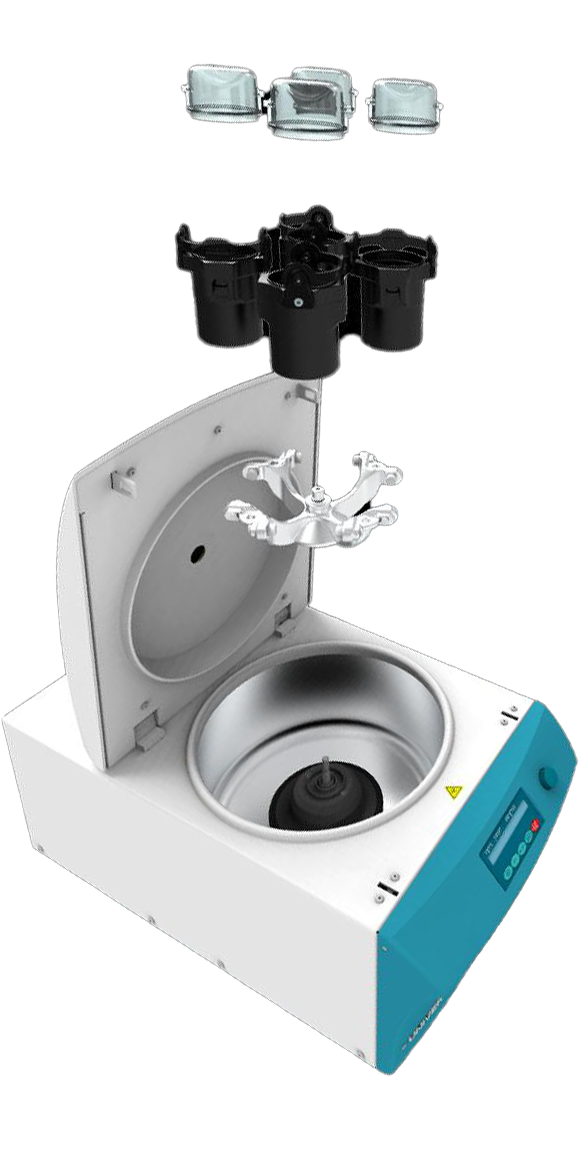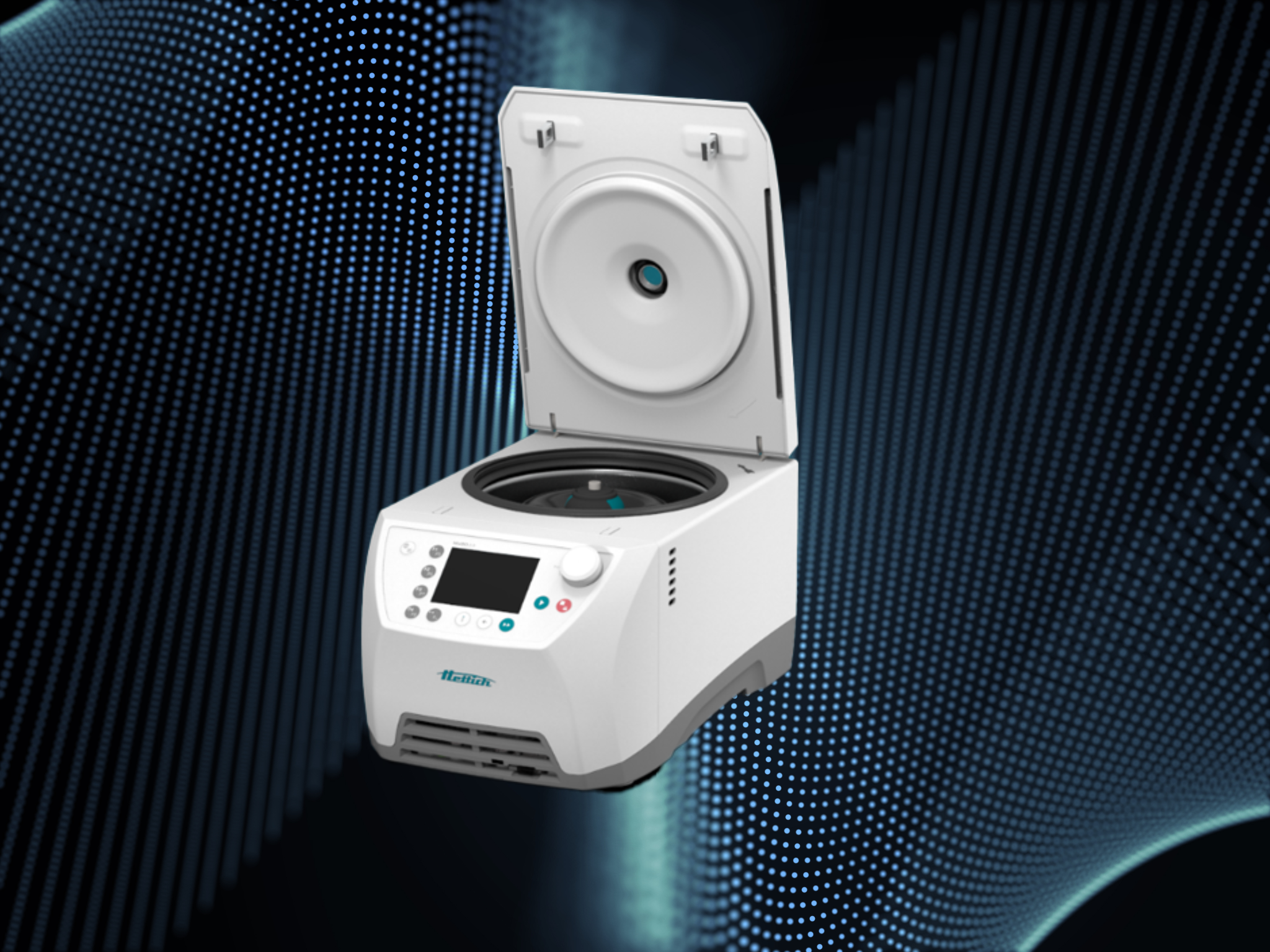The negative environmental impact that human beings are responsible for is rightly a hot topic of debate. Furthermore, discussions around the best way for us to minimise this impact is also being considered. From large to small organisations, both public and private sector, questions are being raised as to how we can minimise our carbon footprint and thus save the natural environment for future generations.
Like any other large organisation, the NHS is responsible for a considerably large carbon footprint. In fact, it is estimated that the NHS is answerable to around 5% of the country’s carbon footprint. This is why the NHS has launched a programme called ‘For a greener NHS’, which is aimed at minimising this environmental impact. The NHS is currently asking staff, patients and industry experts how they can reduce emissions more quickly. In this month’s blog, we will take a look at some of our own ideas as to how the NHS can reach it’s target of net zero carbon emissions.
Choosing greener laboratory instruments
More and more manufacturers of laboratory instruments are considering the environment when they develop new products. They know that it will give them a competitive edge against the competition in tenders and will also add value to their own company Environmental Policy. So, before choosing a laboratory product, a truly green NHS should consider the environmental aspects of the instrument in question.
For example, refrigerator and freezer manufacturer, Gram and their parent company Hoshizaki (known for manufacturing high quality ice makers) develop their products with the environment in mind. Their instruments consume very little electricity, which saves the user money in running costs. Furthermore, their ice makers use very little water, which again leads to cost savings over the life of the instrument. More information on the Gram and Hoshizaki’s commitment to sustainability can be found here.
Whilst on the subject of the life of the instrument, it is also important to consider this particular aspect when purchasing. Sometimes, it is better to opt for a slightly more expensive product, when you know it will last a lot longer and give you fewer break-downs. Unreliable, cheaply made products that break down frequently, mean more engineer visits to fix the problem, which in turn adds to the carbon footprint of that product.
Using local companies to achieve a green NHS
When deciding on which service provider to use, consideration should be made on the location of the supplier. A green NHS should ask the following questions: is the supplier local? Where is the Field Service Engineer coming from? Is he or she arriving by car or by public transport?
These questions are often never asked when purchasing decision makers are searching for potential suppliers. Furthermore, when tenders are released, it is still all too common to split the decision-making process between price and specification. The environmental impact of the supplier rarely features at all and a future green NHS should address this.
Henderson Biomedical’s commitment to the environment
We have dramatically stepped up our commitment to the environment in last 5 years. Our Environmental Policy details our commitment to the environment and our plans for the future. Many of the products we sell are environmentally friendly and we are constantly looking at ways to minimise our environmental impact.









